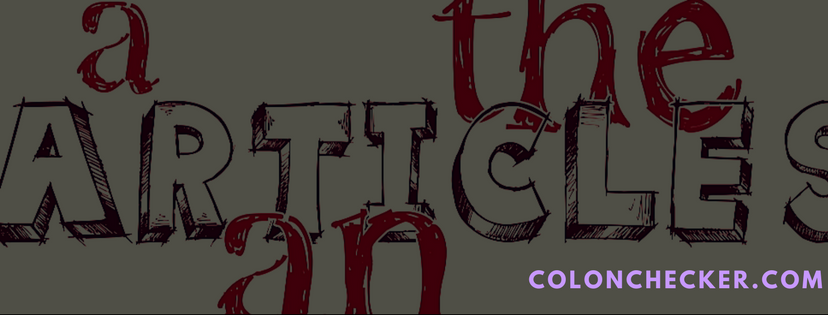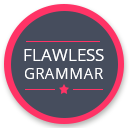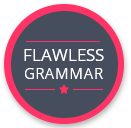Definite vs Indefinite Articles: How to Choose
Articles are the type of word that tells us if a noun is masculine, feminine, plural or singular. Without articles, our talking, and writing would be pretty difficult, especially because we wouldn’t know what we’re trying to say when we talk. However, not anyone knows the different types of articles there are and how to use them, that’s why we are going to help you understand better.
When we talk about Definite vs Indefinite articles, we’re talking about the articles we use when we want to talk about something we know in specifics and the other that we use when we don’t really know. Articles in English grammar have different uses, so it is utterly necessary to know them, as not using them correctly can mean horrendous grammar mistakes.
If you want to write properly, you will have to learn the rules and the best ways to use indefinite and definite articles accordingly. Take a look further into this article and find out the proper way to use both definite and indefinite articles without making mistakes.
10 things which you should know about colon usage rules are here.
Using Definite vs Indefinite Articles Properly
All useful information according to English grammar noun rules, you can find here. When you finally nail the article usage in English grammar, you are ready to push yourself into the hardest and most complex features of English. But in order to learn how to use these articles correctly, you need to first know what they and why they’re used for.

Indefinite Articles
Indefinite articles are used in many forms, however, they’re mainly used to name something that is not specified or when something is big enough and has many numbers of quantifiers within it that is preferable to say just and indefinite number. Also, they can be used alongside a restrictive modifier or alongside adverbial phrases talking about degree, amount or quantity. Indefinite articles are used mainly to make the reader or listener understand that the noun is not known or can’t be specified.
Examples:
- A duck: singular noun with no specification
- An article: singular noun with no specification
- An amount: before a quantifier
- A tonne: before a quantifier
- The boy who wears a hat: a restrictive modifier
- I feel a lot of fear: Adverbial phrase of quantity
Definite Articles
Definite articles are used when the noun has been already specified or acknowledge, knowing the exact type or concept of what is being said. Also, it is used when it is necessary to specify that something is unique or that it is a natural phenomenon. It can finally be used to specify a time period or even to identify people with specificity, like family members or a role in a place. Definite articles as a whole are just a way of specifying and saying something more accurate, without leaving the reader with doubts about what is being said or written.
Examples:
- Open the window: Already specified noun
- I hate the scarf you gave me: Already specified noun
- Glory to the Holy Spirit: Indicating a unique noun
- The Mississippi River is flooding: Indicating a unique noun
- The waves on the sea: Indicating a natural phenomenon
- The air is really dense: Indicating a natural phenomenon
- The nineties were great: Referring to a time period
- The future seems blur: Referring to a time period
- I saw the Smiths yesterday: Indicating family
- The father of that family: Indicating the role of a family member
Articles are tonnes, but these are the most common and most used and the ones you need to know about if you want to write properly. If you use these correctly, everything else will be totally easy for you. If you want to know more about the proper use of articles in English grammar, we recommend you to take a look at our website and find out!
Use our Grammar Checker Online and make sure you write the most professional and accurate academic assignment you can!










